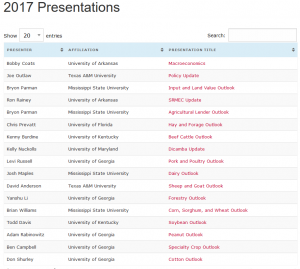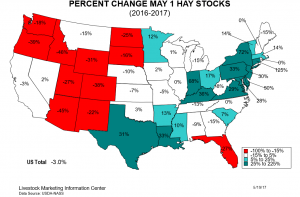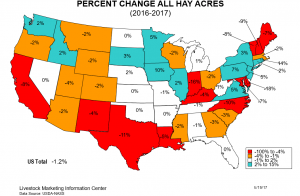By Amanda R. Smith
Most farmers are familiar with the method of cash-based accounting. With cash-based accounting, a farmer records income when they receive a cash payment for their crops, animals or animal products. Furthermore, they record an expense when a payment is made by the farmer to the input supplier (fertilizer dealer, seed company, etc.). Cash-based accounting does not value accounts receivables and inventories as income, nor accounts payable as expenses, until cash is exchanged.
Accrual accounting, on the other hand, means a farmer records an income or expense transaction when it is incurred, regardless of when cash is exchanged. To expand on this, the accrual method records the income of the farm in the year it was produced by the farmer and also records the expenses incurred in producing that income. Accrual income can include cash from the sale of products, accounts receivables for products sold, and inventories of crops and livestock produced. Expenses measure the costs incurred to generate income for the year and may occur with or without an actual cash payment (accounts payable). Accrual accounting essentially matches income earned to expenses incurred, giving a more realistic reflection of net income for the year. Net income indicates profitability of the farm.
Cash-based accounting can be useful for managing taxes. For example, a farmer pays for his fertilizer and chemicals in October of year 1. These are considered expenses that lower taxable income in year 1. If the farmer has storage capabilities and sells their crop during January of year 2, that sales transaction will be considered taxable income in year 2 (not year 1).
The IRS allows farms to choose between cash-based or accrual accounting. A few exceptions apply; a family corporation with gross receipts over $25,000,000 must use accrual methods for taxes. Refer to IRS Publication 225, Farmer’s Tax Guide, for more information.
Despite the tax benefits of cash-based accounting, it does not give a clear picture of long-term farm financial health and profitability. Cash expenses for inputs may be pre-paid and revenues from last year’s crop might show up as income this year. This creates a lag in knowing if the farm was profitable during the year. Farmers can use cash-based accounting for tax purposes, but should also keep an accrual-based record to gauge the profitability of the farm from year-to-year.




 this market (after 14 years). But today we received news that Greater Omaha Packing will be shipping beef to Shanghai starting today. This represents an opportunity for US beef producers; another source of demand is certainly welcome and could help boost our already-strong international trade numbers. However, there is
this market (after 14 years). But today we received news that Greater Omaha Packing will be shipping beef to Shanghai starting today. This represents an opportunity for US beef producers; another source of demand is certainly welcome and could help boost our already-strong international trade numbers. However, there is